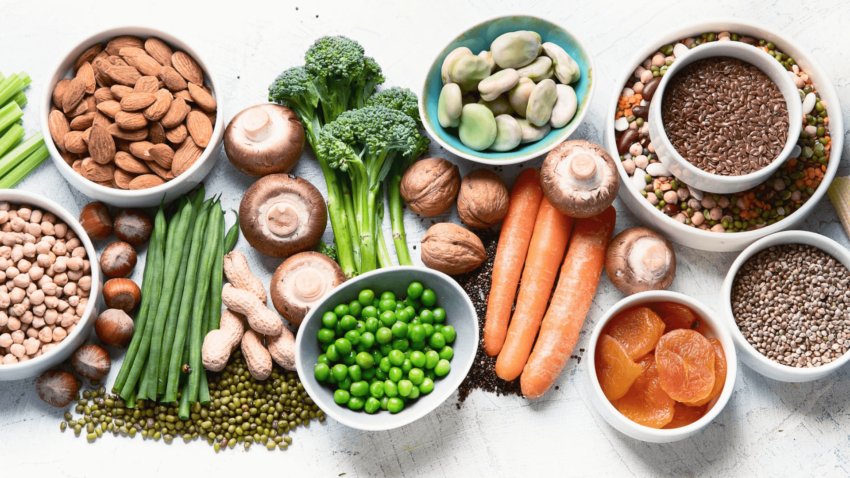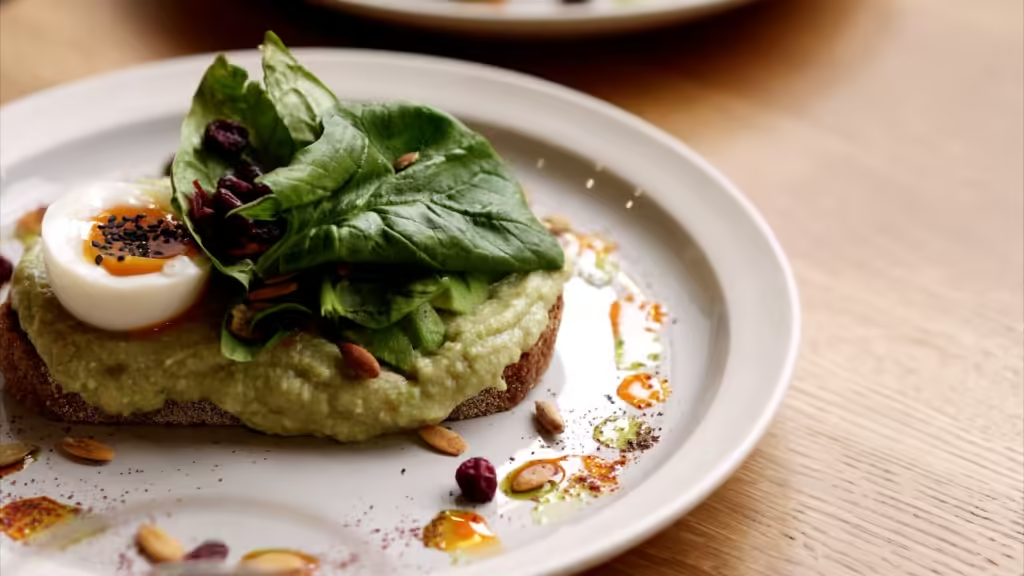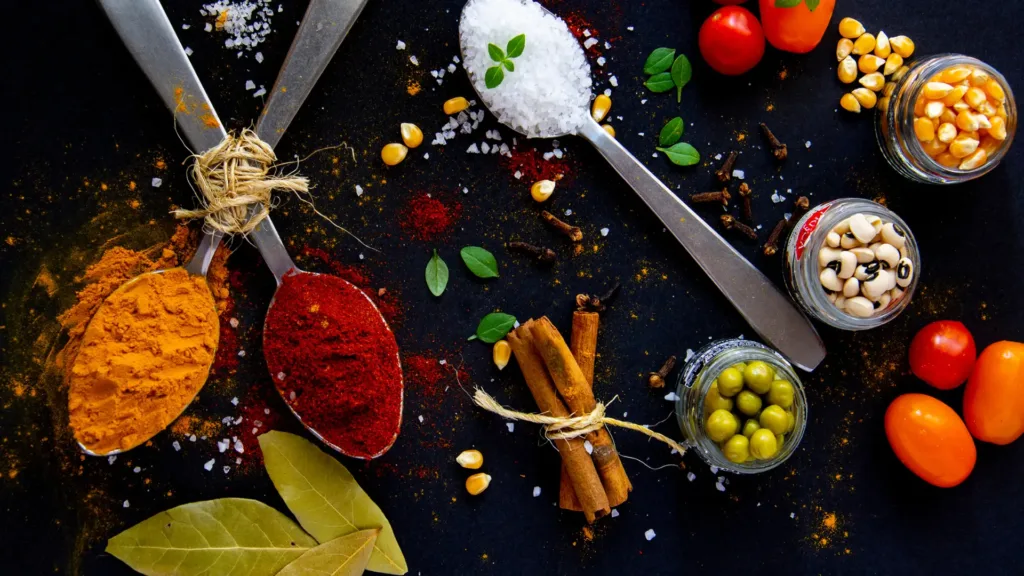Plant-based diets have become increasingly popular in recent years, with more people adopting vegetarian and vegan lifestyles for a variety of reasons, including health, environmental concerns, and ethical considerations. One common misconception about vegetarian diets is the difficulty of obtaining enough protein. However, with the proper knowledge and planning, it is entirely possible to meet your protein requirements from plant-based sources.
Understanding Plant-Based Protein
Plant-based proteins are derived from legumes, grains, nuts, seeds, and plant-based meat substitutes. Unlike animal proteins, which contain all essential amino acids in one source (known as “complete proteins”), most plant-based protein sources are classified as “incomplete” because they may lack one or more essential amino acids. However, by combining various plant-based protein sources throughout the day, vegetarians can easily obtain all of the essential amino acids their bodies require.
The Benefits of Plant-Based Protein
Choosing plant-based protein provides numerous health benefits. Plant-based protein sources are typically lower in saturated fat and cholesterol than animal proteins, potentially leading to a lower risk of heart disease and other chronic conditions. In addition, plant-based proteins are high in fiber, vitamins, minerals, and antioxidants, all of which promote overall health and wellness.
Top Vegetarian Protein Sources
Legumes.
Beans, lentils, and peas are among the most versatile and cost-effective plant-based protein sources. They are high in protein, fiber, and important nutrients such as iron and folate. Legumes in your diet can keep you full and satisfied while also supporting muscle repair and growth.
Tip: To improve legume digestibility and reduce cooking time, soak dried beans and lentils overnight before cooking. You can also add a piece of kombu seaweed to the cooking water to aid digestion.
Tofu and tempeh
Tofu and tempeh are both soy-based products that provide excellent protein for vegetarians. Tofu, made from soybean curds, has a neutral flavor and a versatile texture that can be used in both savory and sweet recipes. Tempeh, made from fermented soybeans, has a nutty flavor and a firmer texture, making it great for grilling, stir-frying, or marinating.
Tip: When using tofu in recipes, try pressing it first to remove excess moisture, allowing it to absorb marinades and seasonings better. To reduce bitterness and improve texture, steam tempeh for 10-15 minutes prior to marinating or cooking.
Quinoa
Quinoa is a gluten-free grain that stands out among plant-based protein sources by containing all nine essential amino acids, making it a complete protein. Furthermore, quinoa is high in fiber, iron, magnesium, and antioxidants, making it an excellent addition to any vegetarian diet.
Tip: Cook quinoa in vegetable broth instead of water and season with herbs or spices such as garlic, cumin, or turmeric. Quinoa can be used as a rice or pasta substitute in a variety of recipes, as well as a breakfast grain.
Nuts and seeds.
Almonds, walnuts, chia seeds, hemp seeds, and flaxseeds are all good sources of protein, healthy fats, and essential nutrients. They are extremely versatile and can be used in a variety of dishes or eaten as snacks.
Tip: To incorporate nuts and seeds into your diet, add them to salads, oatmeal, yogurt, or smoothies, or use them as toppings on baked goods or granola. Create your own trail mix by combining your favorite nuts, seeds, and dried fruits for a quick and healthy snack.
Seitan
Seitan, or wheat gluten, is a popular meat substitute derived from wheat protein. It has a chewy texture and a neutral flavor, making it an ideal base for a variety of seasonings and marinades.
Tip: Making homemade seitan is much easier than you might think! Combine vital wheat gluten with water or vegetable broth, knead the dough, shape it into desired shapes (such as cutlets or sausages), and simmer in flavorful broth until thoroughly cooked. Once prepared, seitan can be grilled, baked, or sautéed to add protein to a variety of dishes.
Cooking Tips for Vegetarian Meals
Mix and Match: Throughout the day, consume a variety of plant-based protein sources to ensure a diverse range of amino acids. For example, combine beans or lentils with whole grains such as brown rice or quinoa, or tofu or tempeh with vegetables in stir-fries or salads.
Experiment with Flavors: Don’t be afraid to use herbs, spices, and sauces to boost the flavor of vegetarian dishes. Use marinades, spice rubs, or flavorful sauces to add depth and complexity to tofu, tempeh, or seitan.
Meal Prep: Plan and prepare your meals ahead of time to ensure you always have convenient and nutritious options on hand. Cook a batch of beans, grains, or tofu at the start of the week and use them in various meals throughout the week.
Get Creative: Don’t stick to traditional vegetarian recipes. Explore different global cuisines and culinary techniques to find new and exciting ways to incorporate plant-based protein into your meals.
Including plant-based protein in your diet is good not only for your health but also for the environment. You can enjoy delicious, nutritious meals while reducing your environmental impact by adopting a vegetarian lifestyle and experimenting with different protein sources.
Always remember that variety and balance are essential for success. Experiment with various vegetarian protein sources and cooking methods to see what works best for you. By prioritizing plant-based protein in your diet, you can nourish your body, protect the environment, and enjoy the benefits of vegetarian cooking.
Thanks for taking the time to read! If you found this article useful, please share it with your friends and leave a comment below. Check out our previous posts for additional vegetarian recipes, cooking tips, and inspiration.
Explore the world of flavors in our “Lovely Voyagers” section, a haven for food enthusiasts. Immerse yourself in the art of cooking with our carefully curated cookbooks, now conveniently available for purchase on Amazon. Each page unfolds a symphony of tastes, and every recipe is an invitation to craft unforgettable moments in your kitchen. Take a leap into our collection and transform your culinary endeavors into masterpieces.
Your journey to delightful dishes begins here.
- Quick Breakfasts: Energize Your MorningStarting your day with a nutritious breakfast can make a significant difference in your energy levels and mood throughout the day. But when mornings are hectic, it’s easy…
- Elegant Pastries: Impress with These Beautiful TreatThere’s something undeniably magical about a beautifully crafted pastry — it’s not just a dessert, but a work of art! Whether you’re hosting a fancy dinner party, treating…
- Organizing Your Spices: Tips for an Efficient PantryPicture this: You’re in the middle of preparing your favorite dish, your kitchen smells divine, and everything’s going perfectly—until you realize you can’t find the cumin. Frustration kicks…



